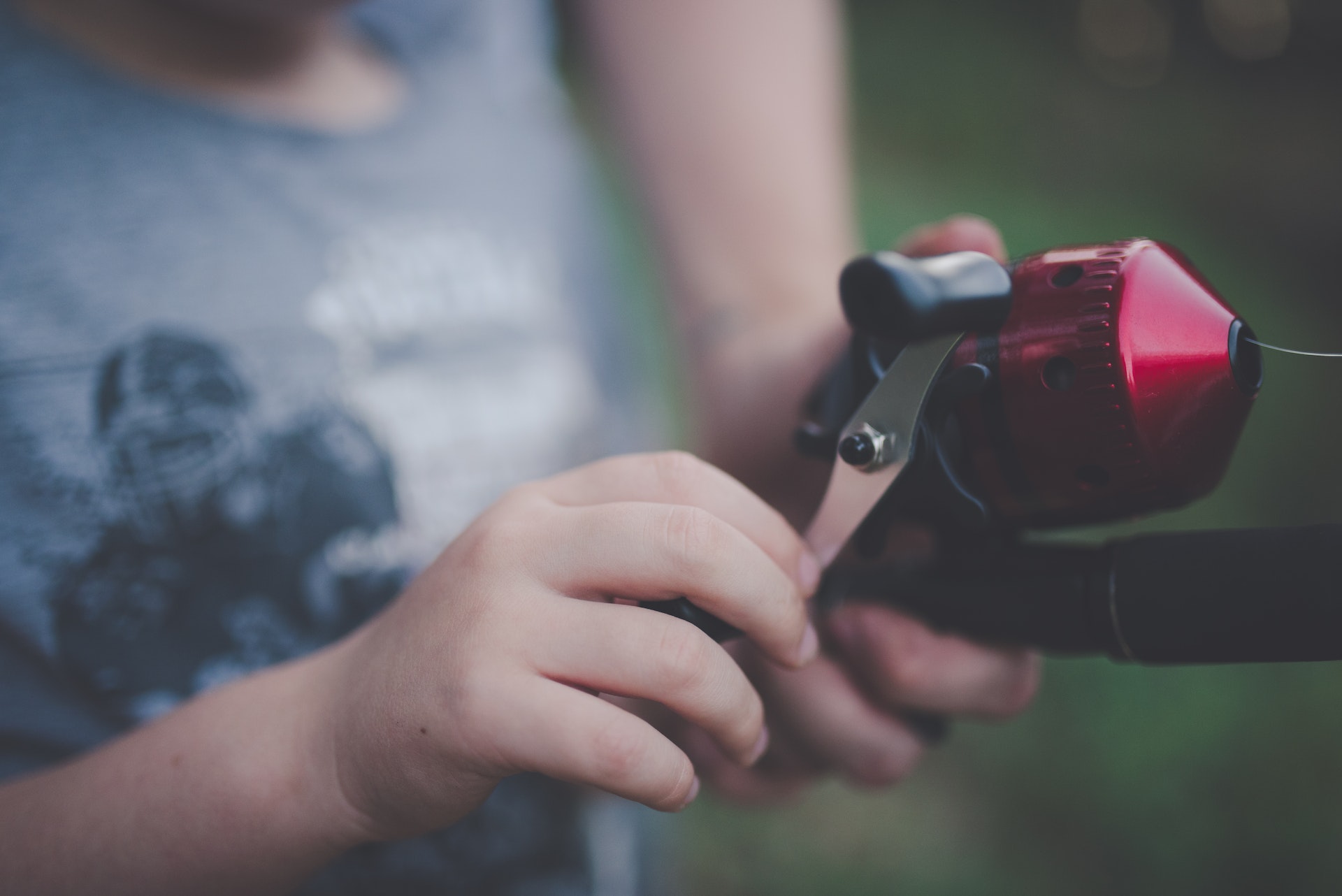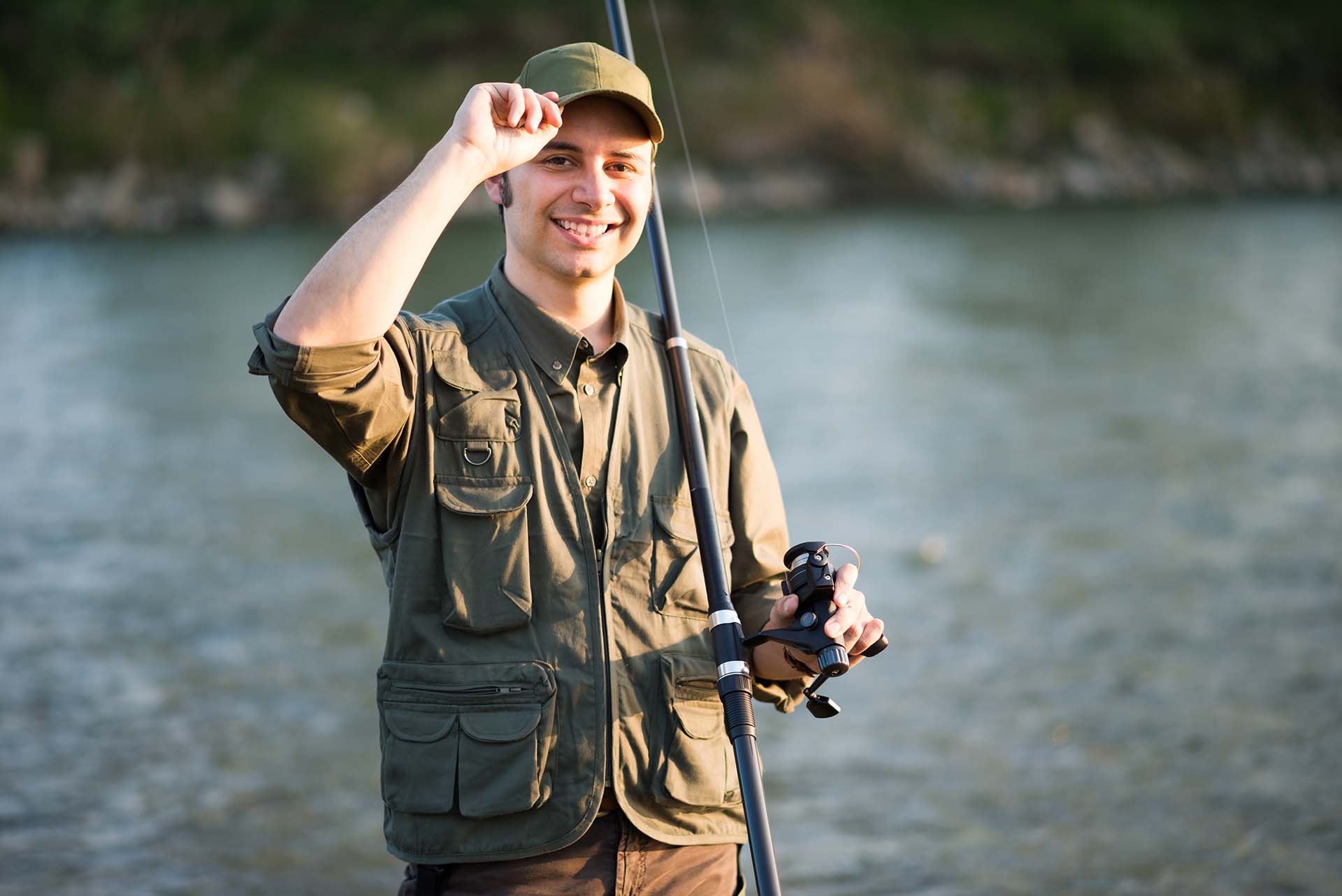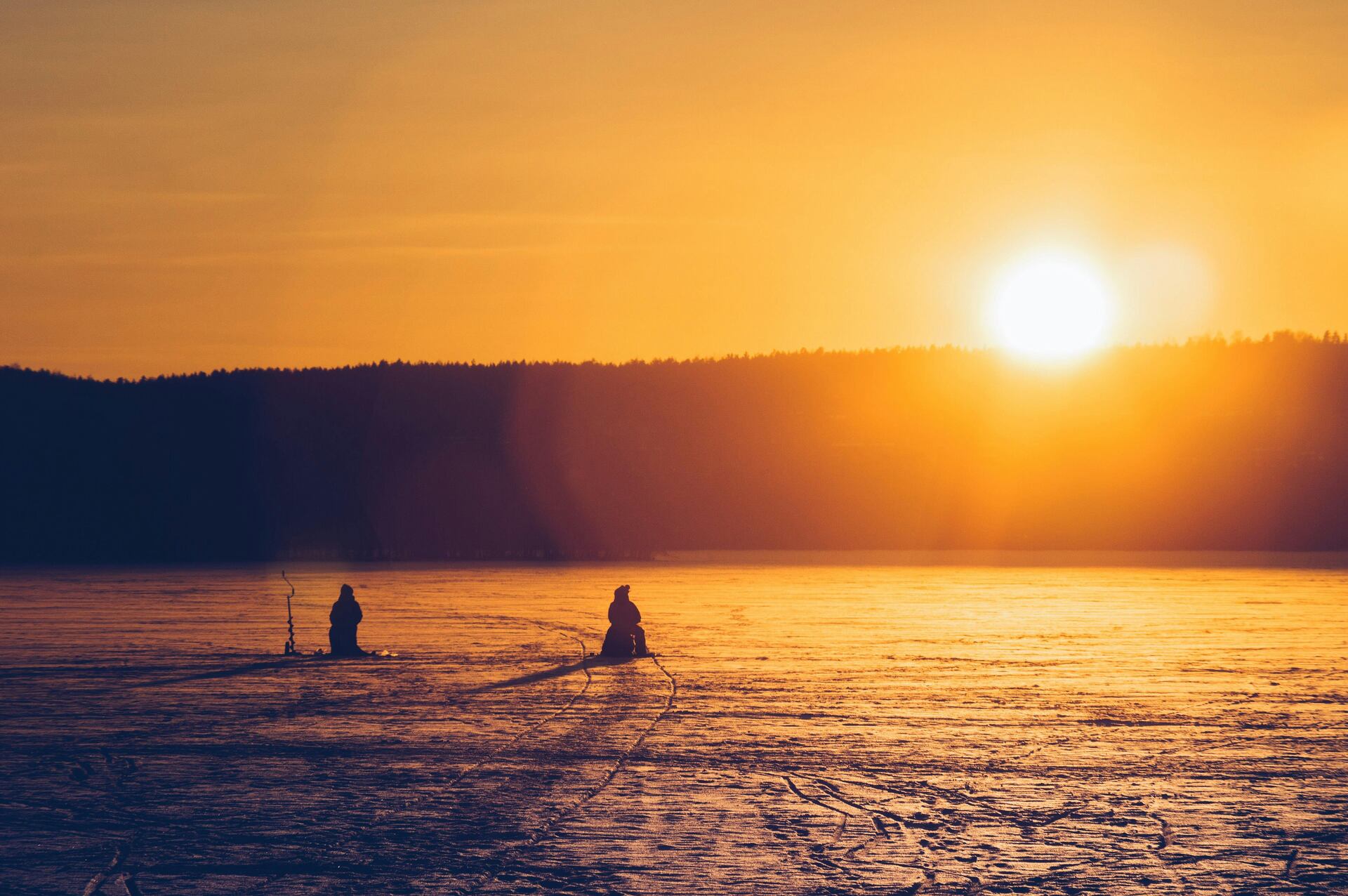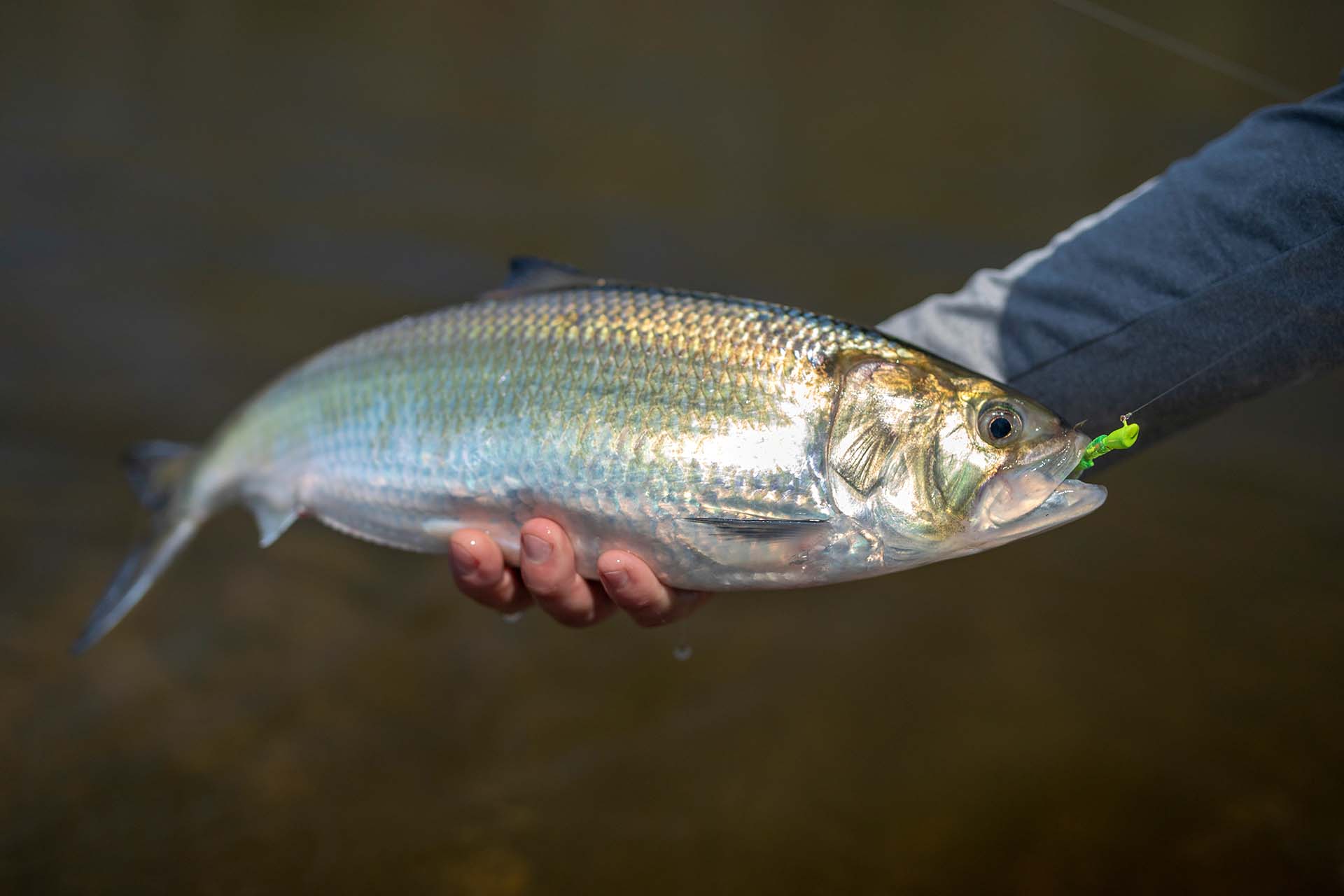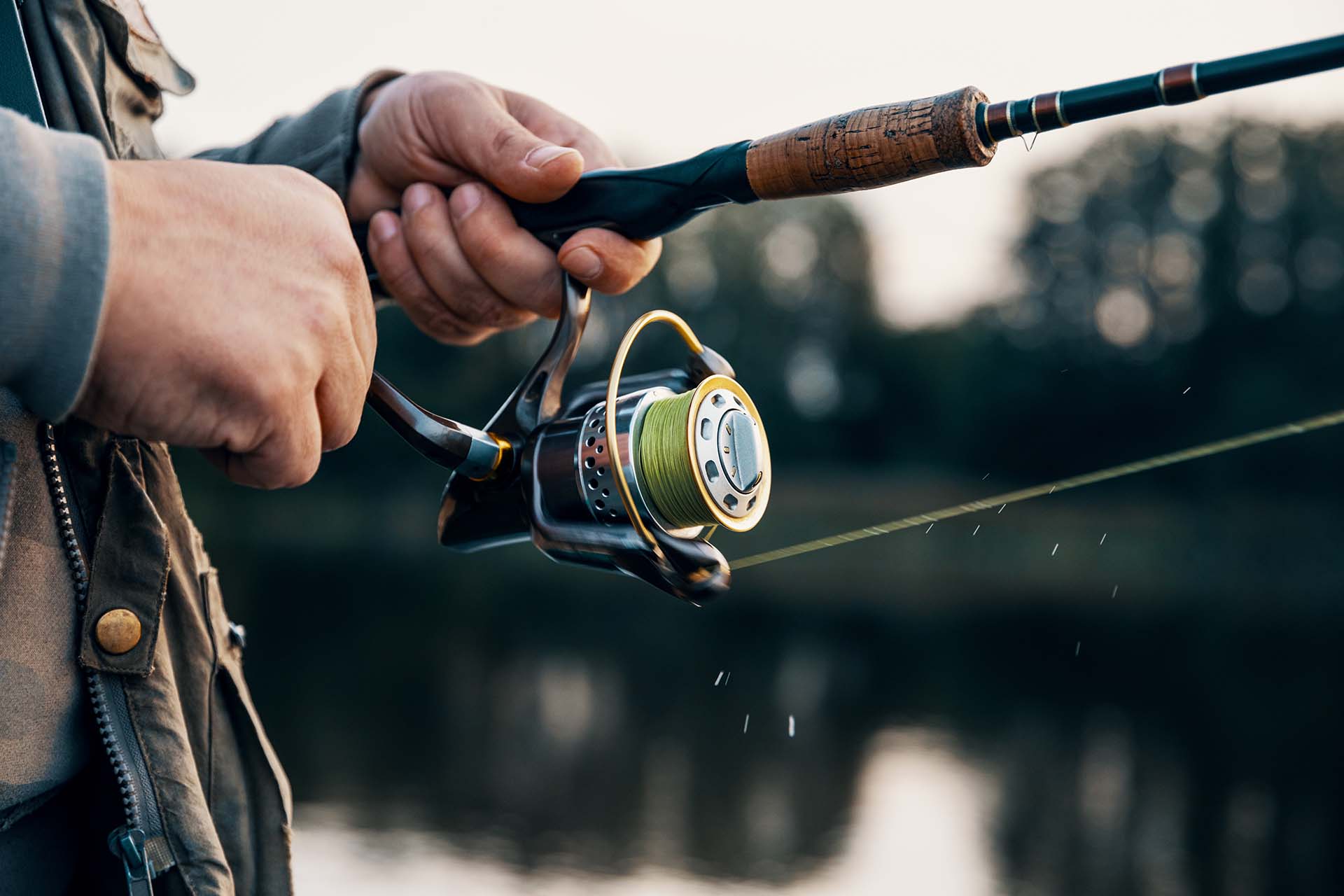It’s time to take a trip to the sun-soaked shores of Florida, where the blue crab reigns supreme in its salty kingdom! Today, we’re diving into a question that tickles the fancy of seafood enthusiasts and recreational anglers alike – when is blue crab season in Florida? So, grab your best crabbing gear, and let’s explore the best times to net these deliciously blue beauties.
Unraveling the Timeline – When Is Blue Crab Season in Florida?
The quest for these creatures can be pursued all year round in the Sunshine State, but the official Florida crabbing season spans from March to November. During these warmer months, the waters become a bustling hub of activity, making it the ideal time for recreational and commercial fishing.

Sustainable Fishing and Fishery Management – Florida’s Crabbing Regulations and Necessary Fishing Licenses
In the realm of crabbing, especially in a biodiverse state like Florida, the importance of conservation practices cannot be overstated. Adhering to regulations and obtaining the necessary fishing licenses is the first step towards ensuring that future generations can also enjoy the thrill of blue crab fishing. Here are a few reasons why this should be the common goal of every angler out there:
- Sustainable practices help preserve the diverse range of species in marine ecosystems,
- These practices maintain the balance within saltwater environments, which is crucial for the health of all aquatic life,
- Conservation practices, especially in the context of reproductive behaviors, support the replenishment and growth of populations,
- Such methods address the problem of overfishing, ensuring that stocks are not depleted beyond recovery,
- Encouraging sustainable practices fosters a culture of responsibility and respect towards marine life in our community.
Start Your Journey of Recreational Fishing by Registering to Use Traps
For those aged 16 or older looking to partake in trap harvest, it’s important to know that registration is a mandatory step. This also includes anglers who are normally exempt from needing a fishing license.
To do this, you can visit GoOutdoorsFlorida and add either the “Recreational Blue Crab Trap Registration” or the “Recreational Stone Crab Trap Registration” to your account. Once the process is completed, you’ll be issued unique registration numbers that must be marked on each of your traps. Along with your full name and address. While the traps need to be registered annually, the good news is that your registration numbers stay the same.

Here’s the Reel Deal – Trapping Regulations and Regional Closures to Look Out For
Once you’ve got your registration sorted, you’re stepping into a world brimming with specific regulations. So, if you’re looking forward to setting your traps and waiting for a catch, you need to sprinkle a little bit of patience and research into the mix.
These regulations are key to maintaining populations and preserving the marine ecosystem. Here are some of the most important ones you should familiarize yourself with immediately to ensure your crabbing adventures are both successful and lawful:
- Traps must be pulled manually. If they are pulled by a mechanical trap puller your fishing boat will be classified as a commercial vessel, which requires a whole new string of licenses,
- Traps must be pulled during daylight hours only, so skip out on those nighttime fishing escapades,
- Harvesting is not allowed out of state waters, which means beyond nine nautical miles from shore in the Gulf of Mexico and beyond three nautical miles from the Atlantic shore.
Regional Closed Seasons for Blue Crab Trap Harvest
To address the issue of lost traps, the Florida Fish and Wildlife Conservation Commission (FWC) has implemented regional closures. These closures, lasting up to 10 days, are crucial for conservation efforts, prohibiting both recreational and commercial harvest of crabs in specific areas.
The closures are scheduled to alternate between Florida’s east and west coasts annually. In even-numbered years, the closures occur on the east coast, while in odd-numbered years, they take place on the west coast. Here’s an overview of these timeframes:
| January 5th-14th (odd year) | All waters of Franklin County to the Florida/Alabama state line, excluding the Ochlockonee River and Bay |
| January 16th-25th (even year) | Includes waters of the St. Johns River, the nearby lakes, and tributaries from west of the river's intersection with the Intercoastal Canal through to Lake Helen of Blazes |
| July 10th-19th (odd year) | Covers waters of Broward all through Pasco Counties |
| July 20th-29th (odd year) | Encompasses all waters of Hernando through Wakulla counties, including the Ochlockonee River and Bay |
| August 10th-19th (even year) | All waters of Brevard through Palm Beach counties |
| August 20th-29th (even year) | Covers all waters from the Georgia/Florida state line south through Volusia County |
Keep in mind that these seasons are relevant only for standard traps. Using alternative methods like dip fishing nets and fold-up traps is still very much allowed. Additionally, traps that are secured to private structures, like docks, are exempt from these seasonal restrictions.
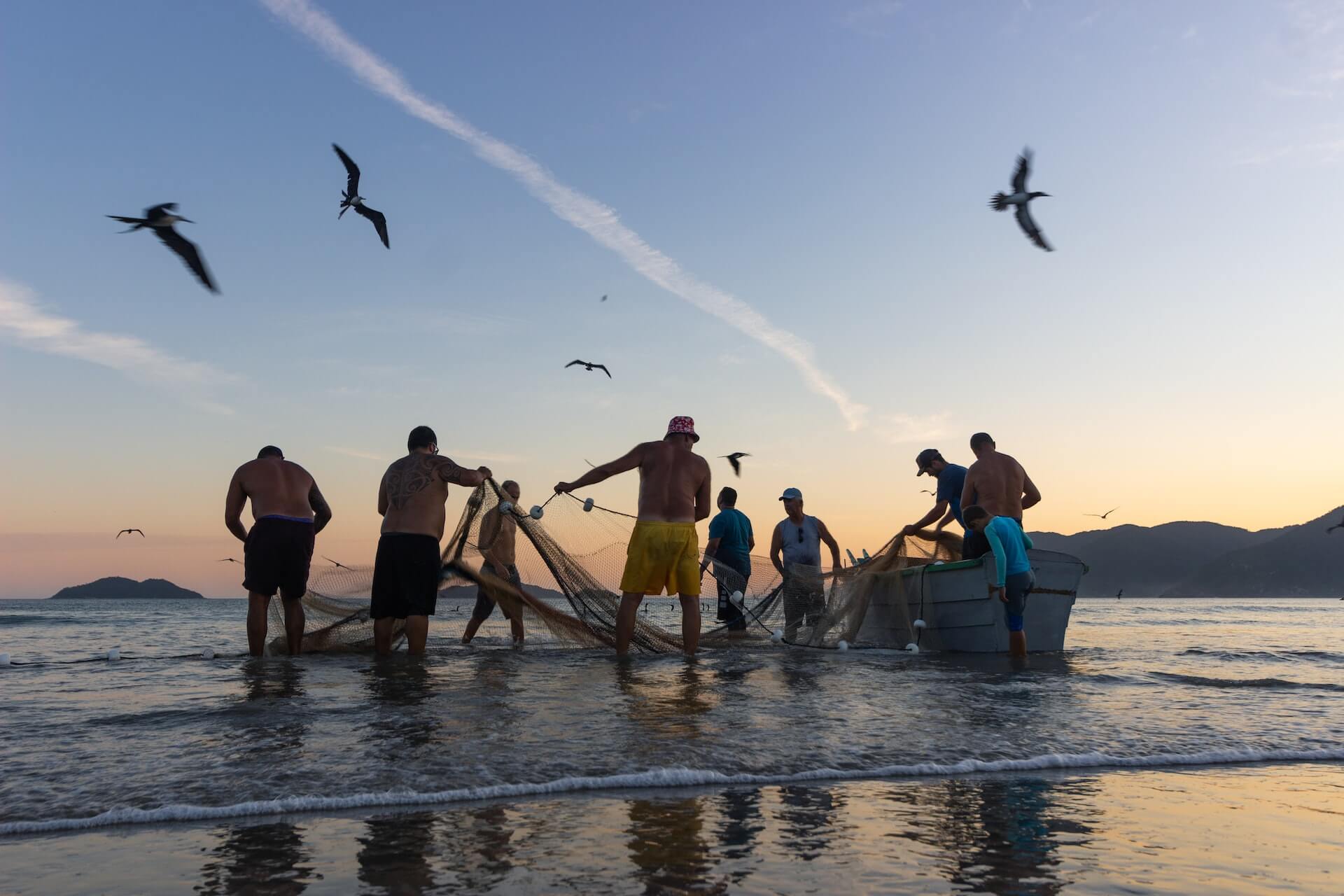
Some Trap Design Specifications You Need to Take Into Account
When gearing up for the season, it’s not just about having the right timing and following regulations – the design of your crabbing equipment also plays a crucial role. Ensuring that your traps meet specific design criteria is essential not only for compliance with regulations but also for effective and responsible crabbing.
Here are some key design specifications to consider when preparing for your crabbing trips:
- The trap’s throat must not exceed 2 inches in height and 6 inches in width at its narrowest point, and should be made of rigid material,
- Your trap should not be larger than 2x2x2 feet, or a total volume of 8 cubic feet,
- The mesh used in the trap must be 1 1/2 inches or larger,
- The entrance of the trap cannot extend more than 6 inches into the interior,
- At least three escape rings are required, each being 2 3/8 inches or larger in diameter, with one being located on a vertical outer surface adjacent to each chamber,
- The trap must include a degradable panel larger than 3 inches by 6 inches,
- Acceptable materials for degradable panels include untreated jute twine, non-coated steel wire, untreated pine dowels, or untreated pine slats,
- Any buoy used must be at least 6 inches in size and marked with a legible “R” that is at least 2 inches tall.
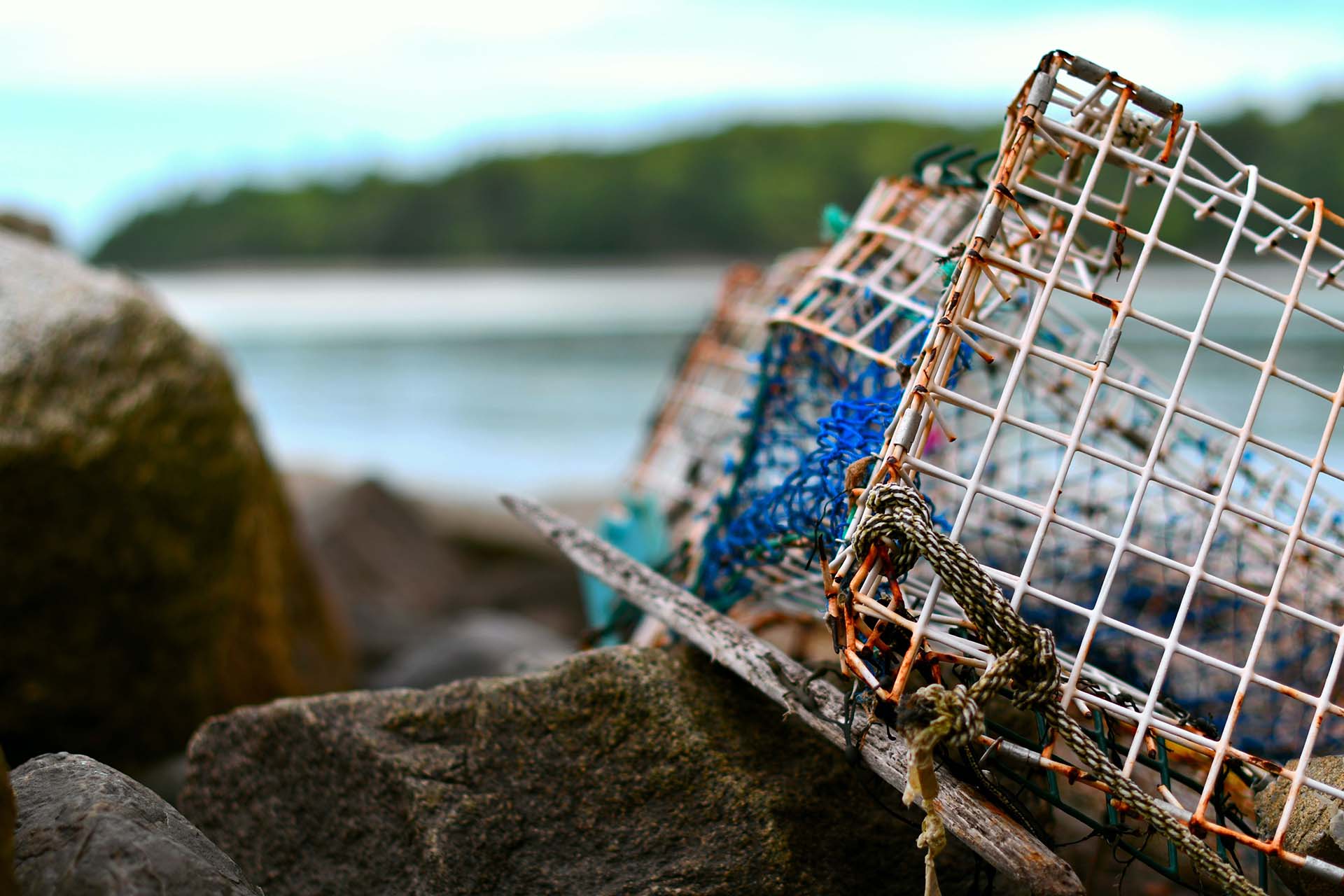
Legal Restrictions for Catching Female Blue Crabs in Florida
While it’s legal to harvest female crabs that are not bearing eggs, there is a strong conservation effort for releasing them back into the water unharmed. This is because female specimens play a crucial role in sustaining the species’ population. And unlike males, they mate only once after reaching maturity.
Mature female crabs can be identified by rounded abdomens, and they can store sperm for several months, enabling them to spawn at a later date. Therefore, even if a mature female does not visibly bear eggs, there’s no certainty that she has completed her spawning cycle. Releasing female blue crabs, particularly those that are mature and not egg-bearing, is a practice that significantly contributes to the species’ reproductive capacity and aids in population renewal.

The Crabbing Finale of Reaching Netting Success in Florida’s Waters
As we wrap up our journey through the ins and outs of the crabbing season in Florida, remember that this world is as rich in rules as it is in rewards. Armed with knowledge about the best times to crab, the regulations to follow, and the right gear to use, you’re all set for a fruitful adventure. So grab your gear, respect the rules, and dive into the delightful experience of crabbing in the Sunshine State. Here’s to full traps and tasty feasts!
FAQ
What’s the Best Time of Day to Go Crabbing in Florida?
Early morning or late afternoon are often the best times for crabbing in Florida, as blue crabs are more active during these cooler parts of the day. However, tidal movements also play a crucial role, with many crabbers finding success during high tides.
Can I Catch Blue Crabs All Year Round in Florida?
Yes, crabs can be caught year-round in Florida. However, the peak season, offering the highest abundance, is from March to November, coinciding with warmer water temperatures.
What Bait Is Most Effective for Catching Blue Crabs?
Blue crabs are attracted to a variety of baits, with popular choices including fish heads, chicken necks, and oily fish like mackerel. Fresh bait tends to be more effective than frozen.
What Is the Average Size of a Blue Crab?
Adult crabs typically measure about 4 to 9 inches across the carapace. The legal harvest size in Florida is a minimum of 5 inches.
How Do I Handle a Blue Crab to Avoid Getting Pinched?
To safely handle a crab, grasp it from behind, holding onto the base of its swimming legs. This way, you avoid its claws, which can angle forward but not backward.
How Can I Tell the Difference Between Male and Female Blue Crabs?
Male crabs, called “jimmies,” have a narrow, T-shaped apron on their underside, while females, known as “sooks,” have a broader, rounded apron. Additionally, females have red-tipped claws.
What’s the Average Lifespan of a Blue Crab?
They generally live up to 3 years. Their lifespan can be shorter in heavily fished areas or due to environmental factors.
Do Blue Crabs Migrate?
Blue crabs in Florida exhibit a migration pattern, especially in the winter. They tend to move to deeper waters when the temperature drops and return to shallower areas as the weather warms up.
Can I Keep a Blue Crab After It Has Molted?
It’s legal to keep a molted (soft-shell) crab as long as it meets the size regulations. Soft-shell crabs are considered a delicacy due to their tender meat.
What’s the Main Predator of Blue Crabs in Florida?
They have several natural predators, including large fish like red drums, herons, and humans. Their vulnerability increases when they molt, and their new shells are still soft.


